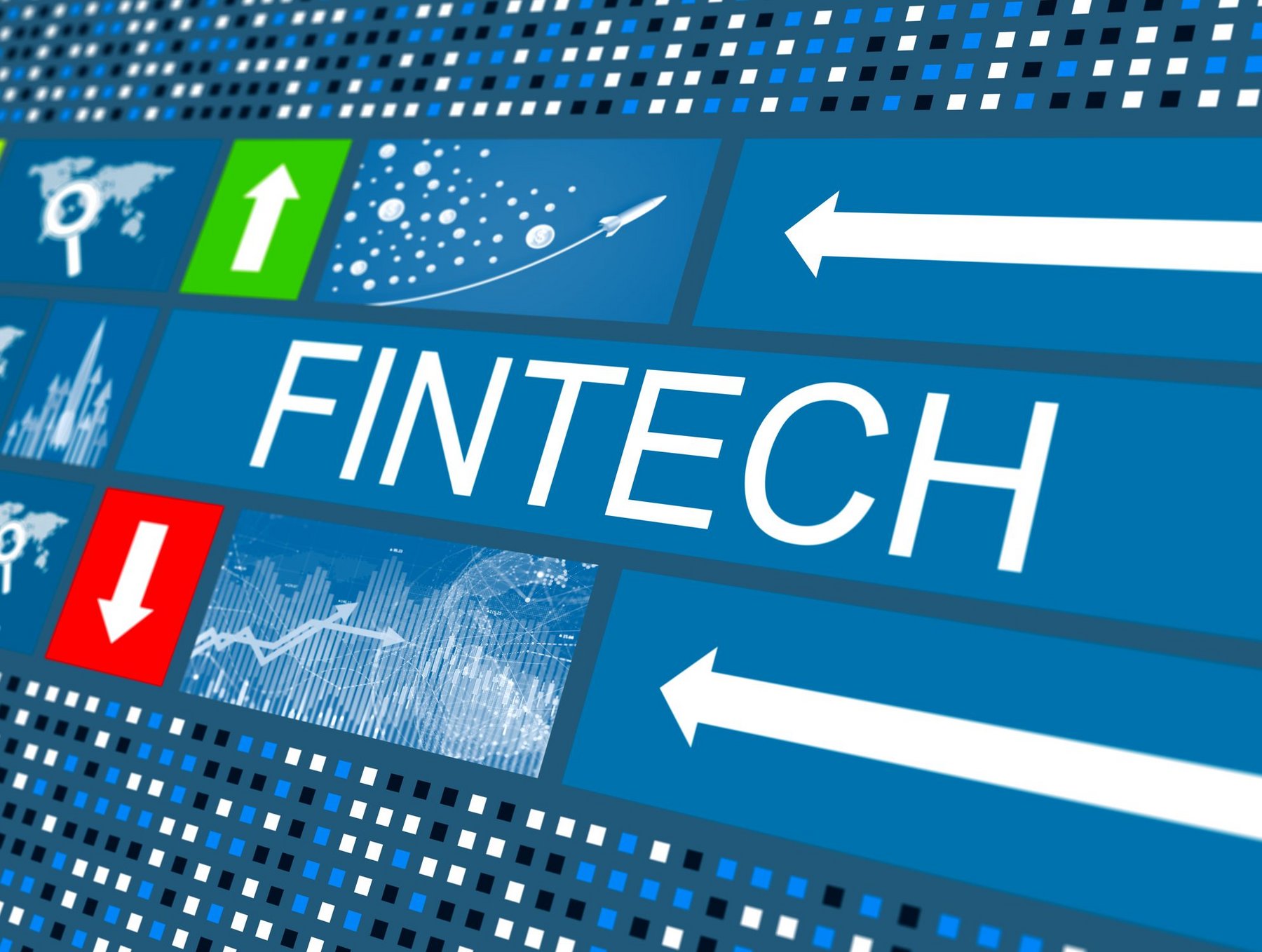
Fintech, has emerged as a dynamic force reshaping the financial landscape. The fusion of technology and finance has resulted in significant changes across the industry, influencing how financial services are delivered and experienced. In this article, we will explore how technology is transforming the financial sector, the impact of fintech on financial services, the banking landscape, and its trajectory within the financial market.
How Technology Has Changed the Financial Landscape:
Technology has disrupted traditional finance in several ways:
– Digital Transformation: The shift from paper-based transactions to digital platforms has made financial services more accessible and efficient.
– Data Analytics: Advanced analytics tools analyze vast amounts of data, providing insights into consumer behavior, market trends, and risk assessment.
– Blockchain: Distributed ledger technology has the potential to revolutionize security and transparency in financial transactions.
– Mobile Payments: Mobile apps and digital wallets have made payments convenient and fast, reducing the reliance on physical currency.
How Fintech Is Changing Financial Services:
Fintech has introduced innovations that are transforming the delivery of financial services:
– Online Lending: Fintech platforms have simplified and expedited the lending process, offering loans to businesses and individuals outside traditional banking systems.
– Robo-Advisors: Automated investment tools provide personalized, low-cost financial advice, making investing more accessible.
– Payment Solutions: Payment gateways and digital wallets offer secure and convenient payment options, reducing the need for physical cards or cash.
– Insurtech: Technology-driven insurance solutions improve risk assessment and policy management, enhancing the overall insurance experience.
How Fintech Is Changing the Banking Landscape:
Fintech has disrupted traditional banking by:
– Online Banking: Online-only banks (neobanks) offer digital banking services without the need for physical branches, providing lower fees and higher interest rates.
– Peer-to-Peer (P2P) Lending: P2P lending platforms connect borrowers directly with investors, circumventing traditional banks.
– Blockchain in Banking: Blockchain technology is being explored for secure and efficient cross-border payments, reducing the reliance on intermediary banks.
– Open Banking: APIs and data-sharing initiatives enable consumers to access their financial data across multiple platforms, enhancing financial management and decision-making.
How Fintech Changes the Trajectory of the Financial Market:
Fintech’s influence extends to the broader financial market:
– Market Accessibility: Fintech innovations have democratized investing, making it more accessible to a broader range of investors.
– Increased Competition: Fintech startups and tech giants entering the financial sector have intensified competition, forcing traditional financial institutions to adapt and innovate.
– Financial Inclusion: Fintech has the potential to bridge the gap in financial services, reaching unbanked or underbanked populations.
– Regulatory Challenges: As fintech evolves, regulators are faced with the task of crafting new regulations to ensure the industry’s stability and consumer protection.
IFintech is revolutionizing the financial landscape, offering innovative solutions that redefine financial services, banking, and the overall trajectory of the financial market. As technology continues to advance, the financial industry must adapt and embrace these changes to remain competitive and provide enhanced services to consumers.
Dil Bole Oberoi





